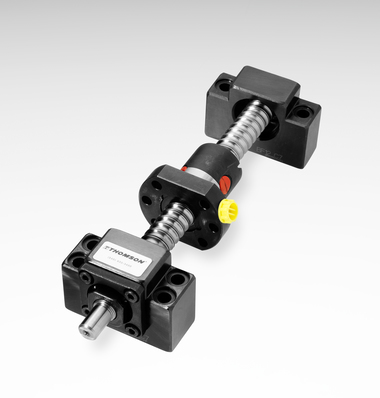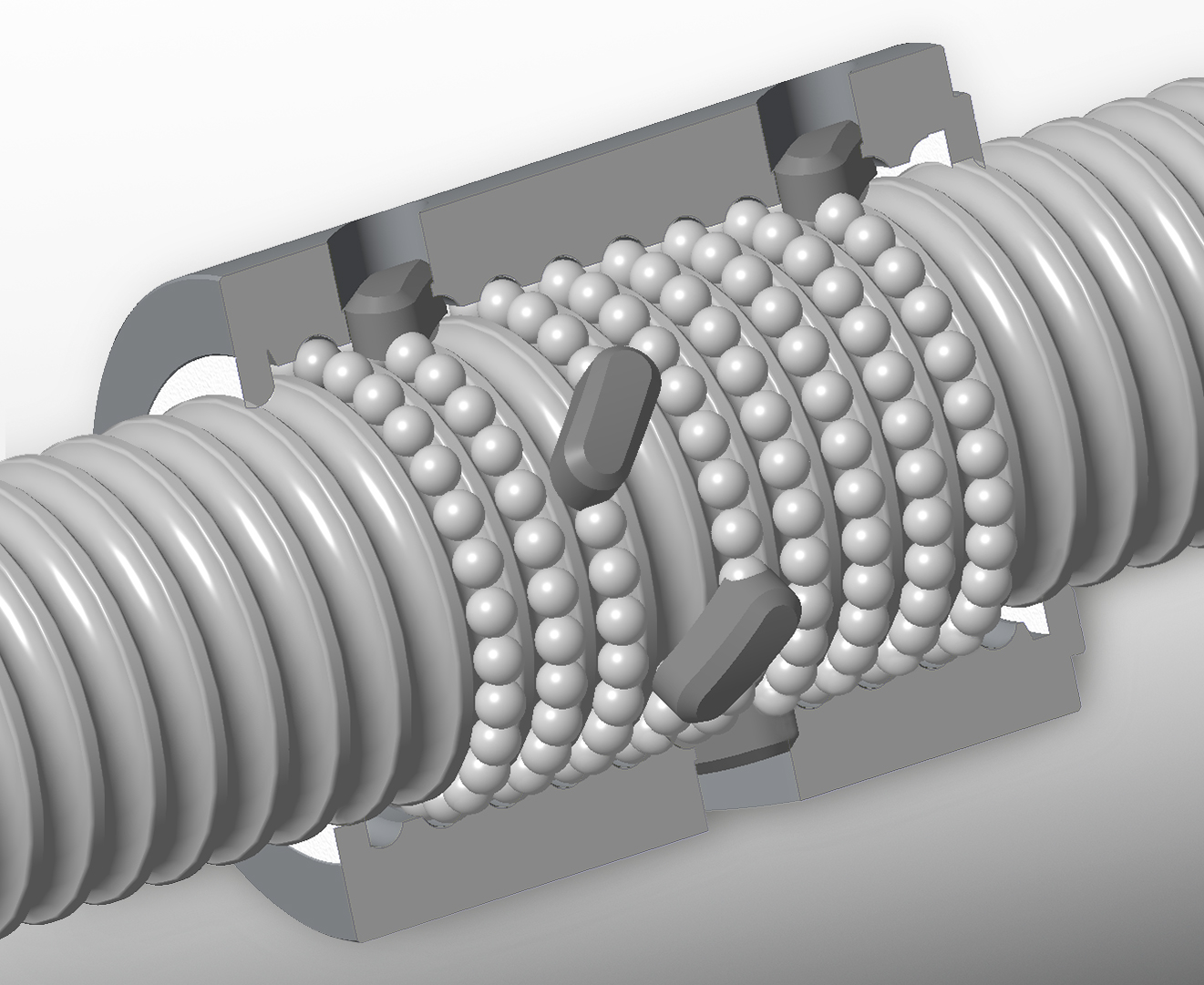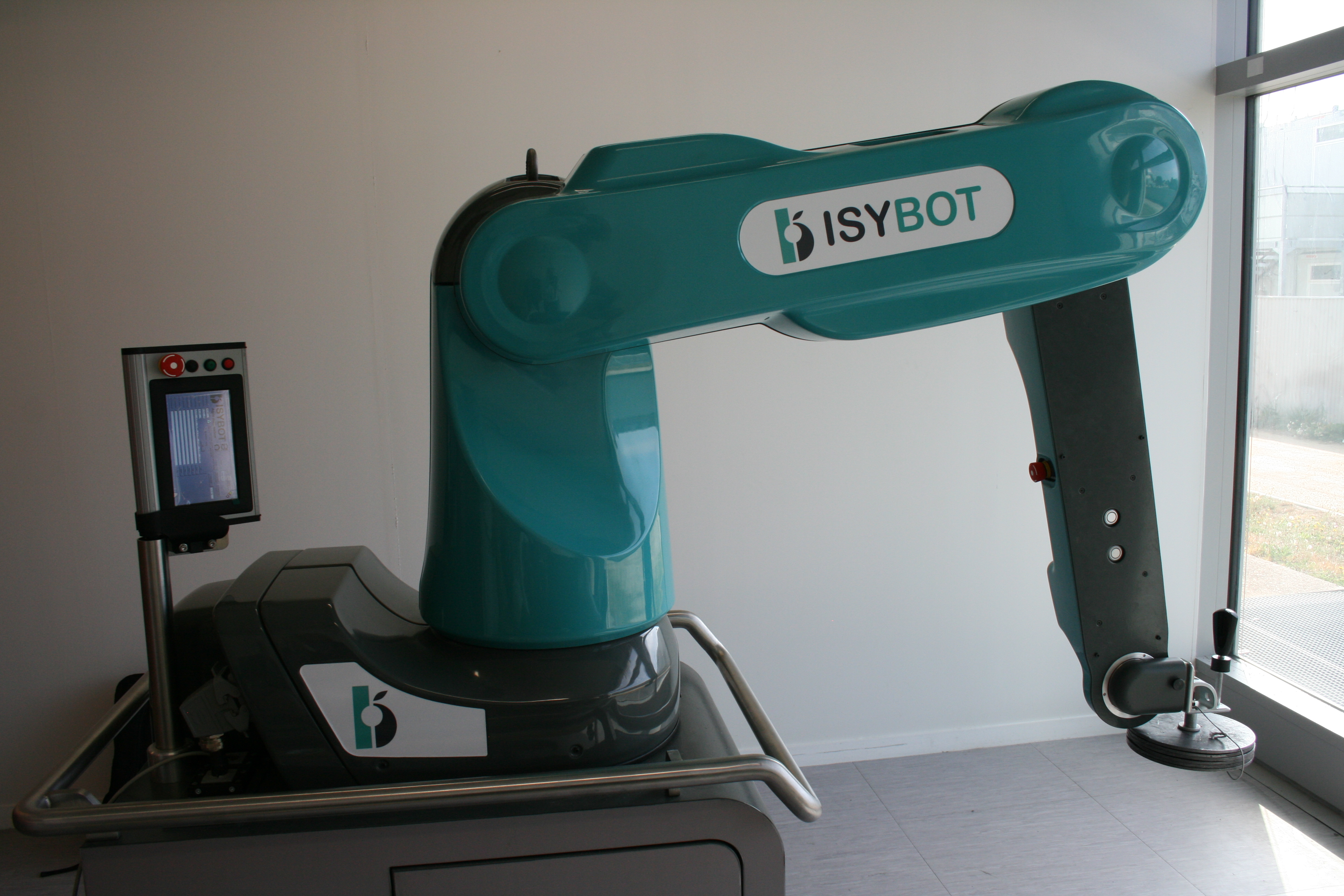Choose Your Login Account
Thomson currently has two account systems - one for the website and CAD model downloads, and one for e-commerce. We understand that two logins is an inconvenience and are working to consolidate our systems into one login process. Until we’re able to consolidate the two logins, please follow these guidelines:
- Download CAD models
- Save and retrieve projects in LinearMotioneering® and MicronMotioneering® tools
- Access Distributor Extranet and all related resources
- Order directly from Thomson online (North America only)
- Authorized Thomson Distributors can view and order from quotes online (Global)
- View the shopping cart and look up prior direct orders
Descripción general
Why Choose Ball Screw Assemblies?
Ball screw assemblies provide an excellent method for translating rotational motion to linear motion for many applications, including those where high loads and close tolerances are required. To apply the correct type of ball screw and nut assembly in a particular application, the design engineer must consider the advantages and capabilities of each. Selecting the right technology can reduce design complexity, improve performance and reduce the overall cost of the assembly.
This image compares the three types of ball return systems (from left to right): internal, button and external.

Mounting Options
Ball screws are mounted in either supported or fixed configurations. A supported end holds the ball screw at one focal point and does not resist bending moments. A supported end is generally easier to align and install than a fixed one, so installation costs are typically lower. A fixed end resists bending moment loads because it is typically based on two bearings spaced sufficiently so the ball screw remains perpendicular to the planes of the rotary bearings. The fixed offers greater column strength and higher critical speed. The image below illustrates four fixity options.
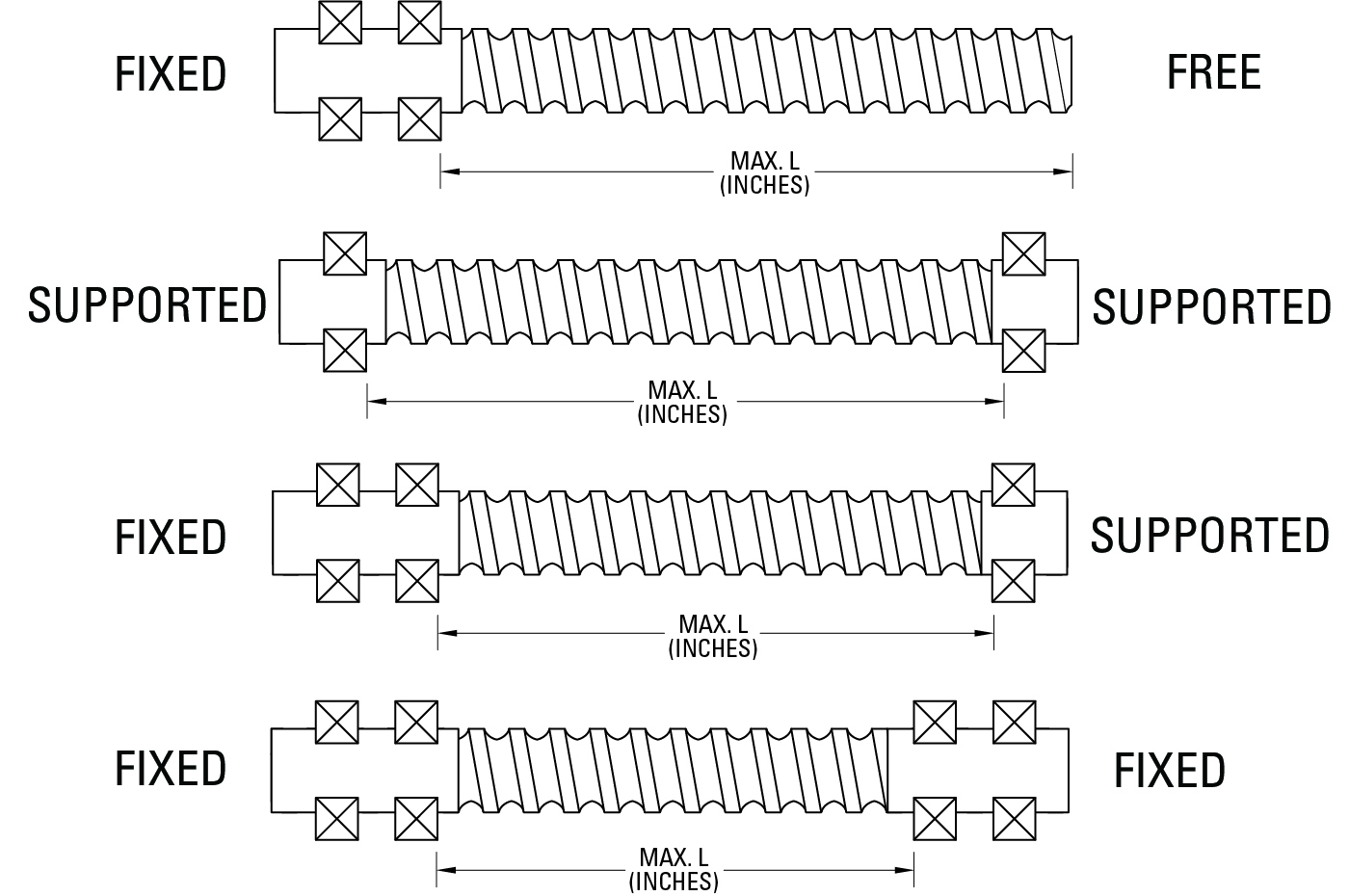
The assembly can be fixed at both ends, fixed at only one end and supported on the other, supported at both ends, or fixed at one end and free at the other.
Ball screw assemblies are not all alike. Whether it be metric ball screws, inch ball screws or miniature ball screws, key differences affect their performance and extend their lives. These include:
- Design. Through extensive research and evaluations, Thomson engineers have been able to develop a comprehensive ball screw offering that delivers optimal solutions for countless applications. Available in a full range of diameters, leads and ball nut configurations, in either pre-loaded or non-pre-loaded types, and all in industry standard envelopes, our ball screws provide dependable accuracy and repeatability at an economical price.
- Quality. With a vast background in countless applications, Thomson is uniquely positioned to provide the highest levels of quality across our full line of ball screw assemblies. Our fully equipped engineering laboratory performs qualification testing for mechanical performance, environmental effects and structural integrity. Your rotating ball screw nut assembly is inspected every step of the way to ensure top quality and performance.
- Materials. The materials used to manufacture ball screw assemblies are critical to their performance. Our in-house metallurgists control and verify that the materials used are of the highest quality. They can also select and recommend materials best suited to your particular application.
- Manufacturing. Thomson maintains the most modern and complete ball screw manufacturing facilities in the industry. In-house manufacturing capabilities include our proprietary heat treating and plating processes. Expert manufacturing using the most modern equipment available provides ball screw assemblies that set the standards for performance, precision and travel life.
- Application Support. Working with Thomson is like having your own staff of ball screw design engineers able to address application concerns and recommend solutions. Thomson field sales and applications engineering personnel have more ball screw expertise than any other group in the industry. They are skilled at evaluating your requirements and designing assemblies that fit your needs.
¿Qué pueden hacer los husillos de bolas de Thomson por usted?
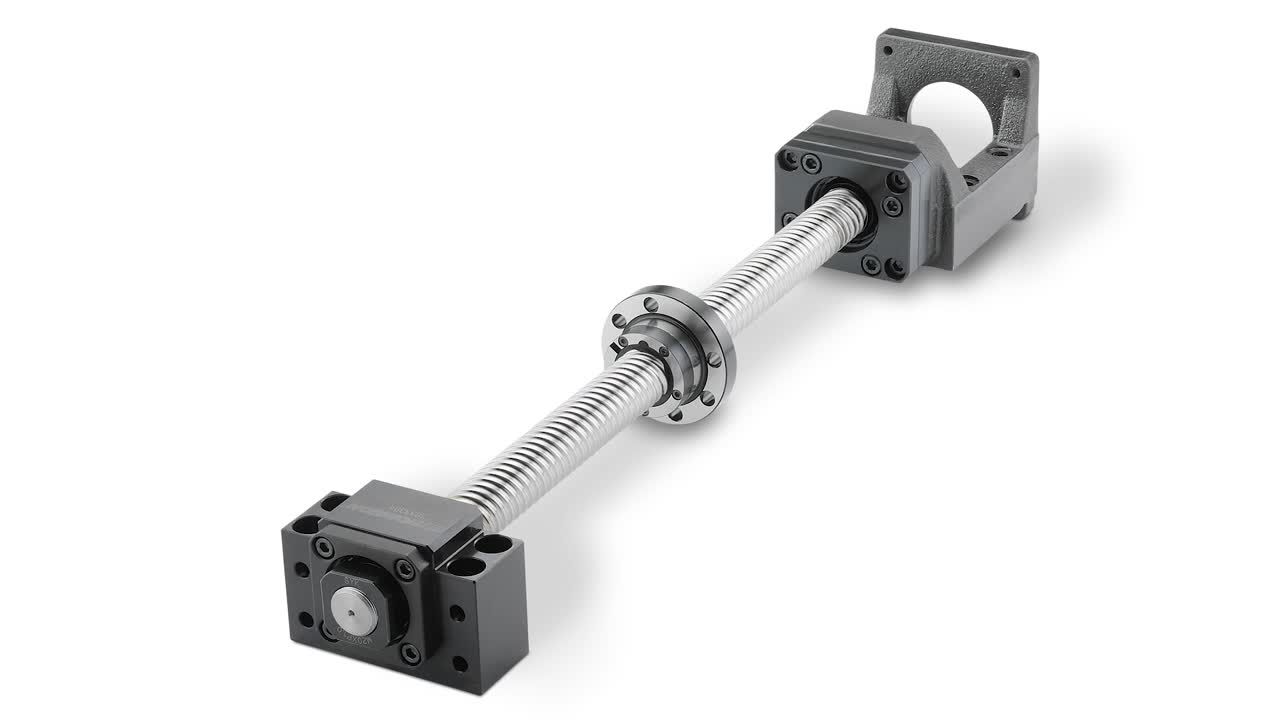
VIDEO. Actuadores inteligentes de Thomson: diseñar máquinas inteligentes con herramientas inteligentes
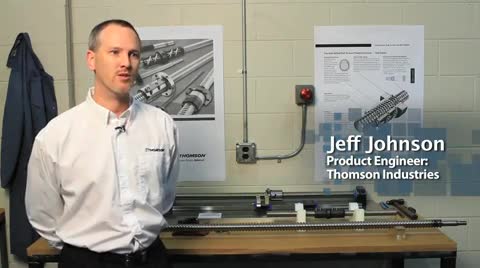
VIDEO. Maximice la capacidad de carga, el ciclo de vida y la compacidad de sus diseños de movimiento lineal
Toda aplicación nueva requiere un análisis detallado del rendimiento, la vida y el costo del producto. Especialmente, aquellas que implican grandes cargas. Conozca por qué debería considerar un husillo de bolas de alta carga por sobre los husillos de bolas estándar para su próxima aplicación de movimiento lineal.
Presentador: Markus Brändle, especialista en línea de productos– husillos, elevadores mecánicos y LB&G Thomson Neff Industries, Alemania
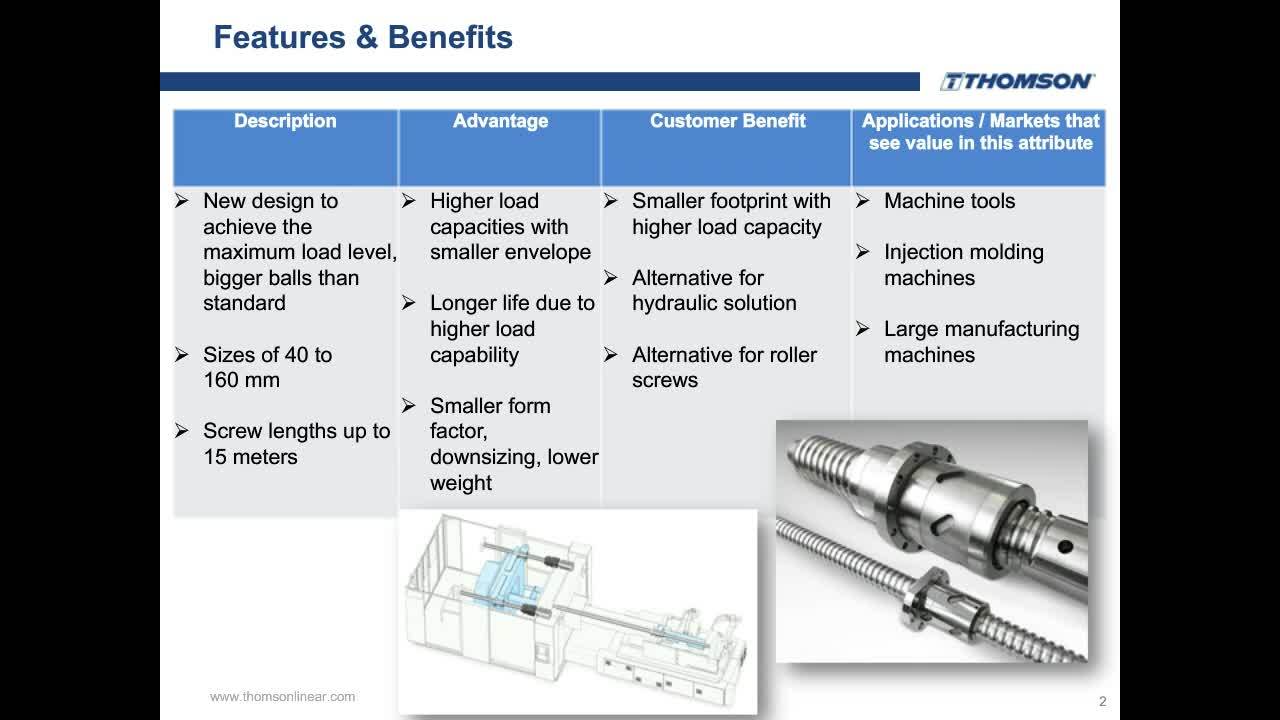
VIDEO. Consejos técnicos: ¿Cómo cargar rodamientos de bolas en una tuerca de bolas de sistema métrico?
¿Cómo recargar los rodamientos en una tuerca de bolas con retorno de botón? A menudo, las tuercas de bolas métricas son tuercas de bolas con retorno de botón. Pero esta técnica también se puede usar en tuercas de bolas con retorno de tubo.
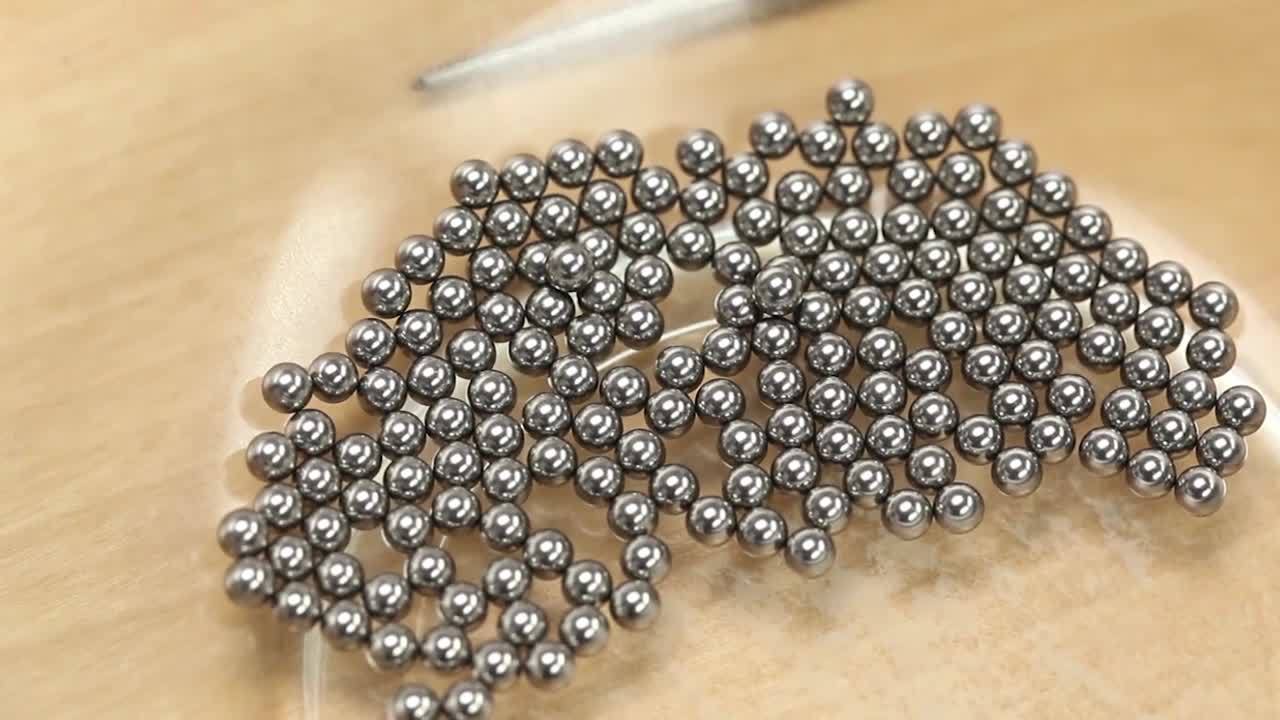
VIDEO. Consideraciones y cálculos para elegir el husillo de bolas correcto para su aplicación
Hay miles de opciones posibles. ¿Cómo medir con rapidez y seguridad el tamaño y elegir la solución de husillo de bolas ideal para su aplicación de movimiento lineal?
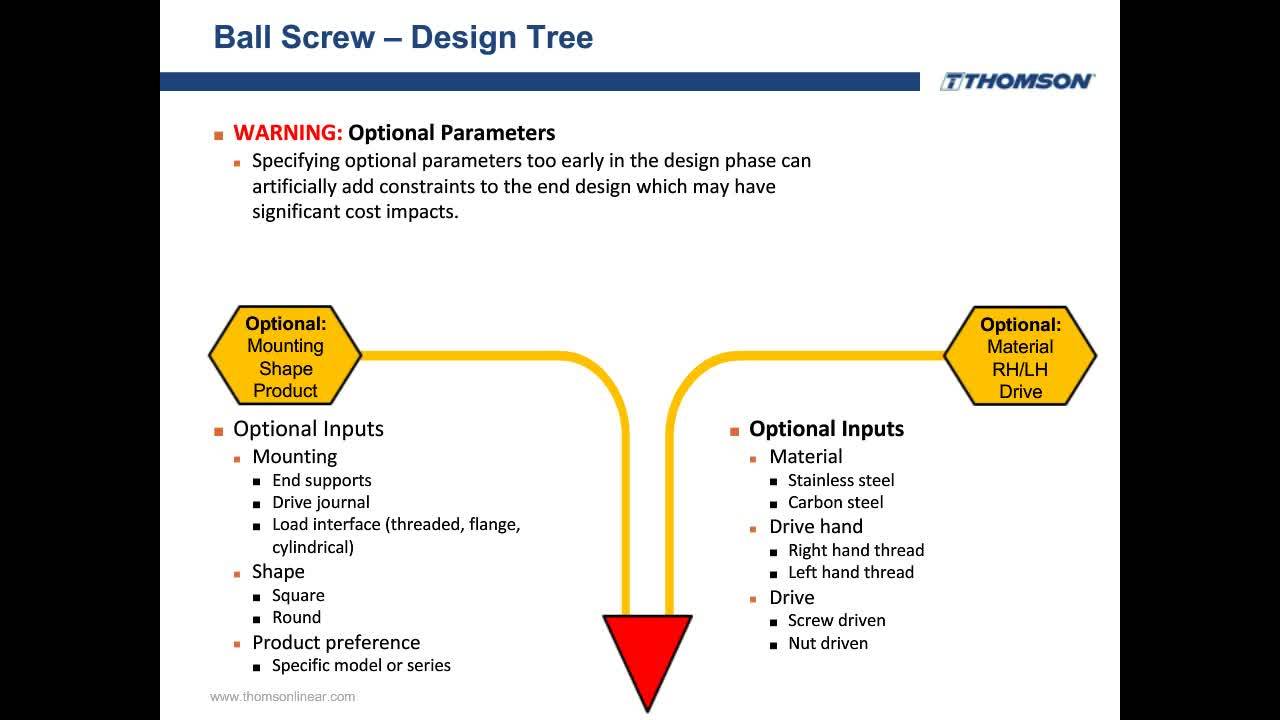
VIDEO. Consejos técnicos: ¿Cómo pasar de una tuerca de bolas a un husillo de bolas?
¿Cómo instalar una tuerca de bolas en un husillo de un árbol?
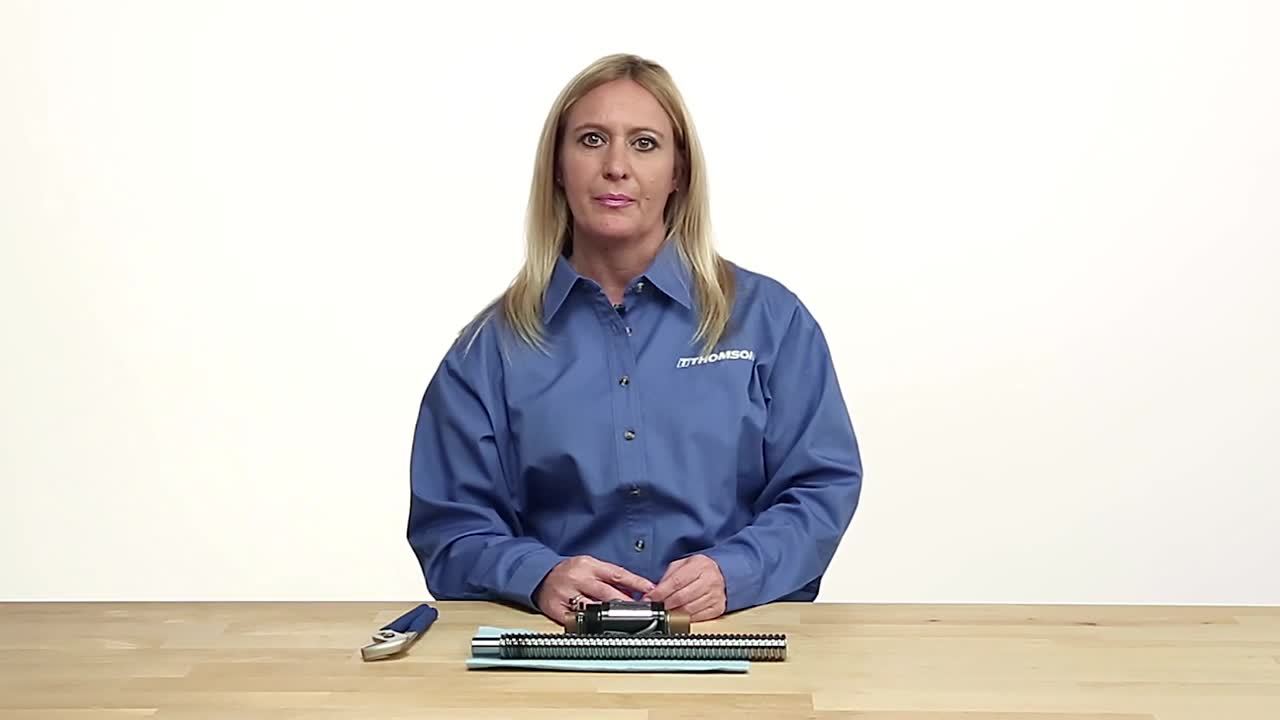
Artículos técnicos
-
¿Husillos en pulgadas o husillos métricos? ¿Es esta la pregunta correcta?
Dado de los husillos de bolas están disponibles en ambas dimensiones, pulgadas y sistema métrico, a veces, los diseñadores comienzan el proceso de especificación por seleccionar una familia de productos con base en la unidad de medida. Esta decisión puede, de forma prematura, excluir al producto ideal para la aplicación y conducir a importantes pérdidas de tiempo, trabajo y dinero. Este artículo explica cómo las preguntas en torno a la medición y la selección centradas en el rendimiento, y no en el nombre del producto, pueden conducir a diseños de movimiento lineal más eficientes.
Más información -
Husillos de bolas de alta carga: la solución para el control de movimiento con mayor densidad de carga
Los husillos de rodillos se han promovido como la única opción tecnológica para manejar grandes cargas cuando el tamaño es una limitación.Pero, en la actualidad, los avances en la tecnología de los husillos de bolas han permitido la capacidad de tolerar aplicaciones de cargas altas. Esto es importante porque los husillos de bolas de carga alta cuestan, normalmente, menos de la mitad de lo que cuesta un husillo de rodillos en puntos de rendimiento equivalente.
Más información -
Husillos de bolas: una respuesta al movimiento seguro y eficiente de cobots
Los robots colaborativos (cobots) están ganando popularidad. Se utilizan en aplicaciones de producción a gran escala que involucran continuas operación de elevación, pero que siguen requiriendo la participación humana. Un fabricante francés de cobots ha desarrollado una solución que utiliza husillos de bolas y actuadores con cable en lugar de engranajes; con esta solución estableció un nuevo punto de referencia para la eficiencia y la seguridad de los cobots.
Más información
Folletos
Catálogos
Manuales
Technical Articles
| Thomson High-Load Ball Scews Provide Maximum Load Capacity and Longer Life in a Compact Envelope | 2019-02-04 |
Certifications
To provide better service to you on our websites, we and our service providers use cookies to collect your personal data when you browse. For information about our use of cookies and how to decline them or turn them off please read our cookie policy [available here].

